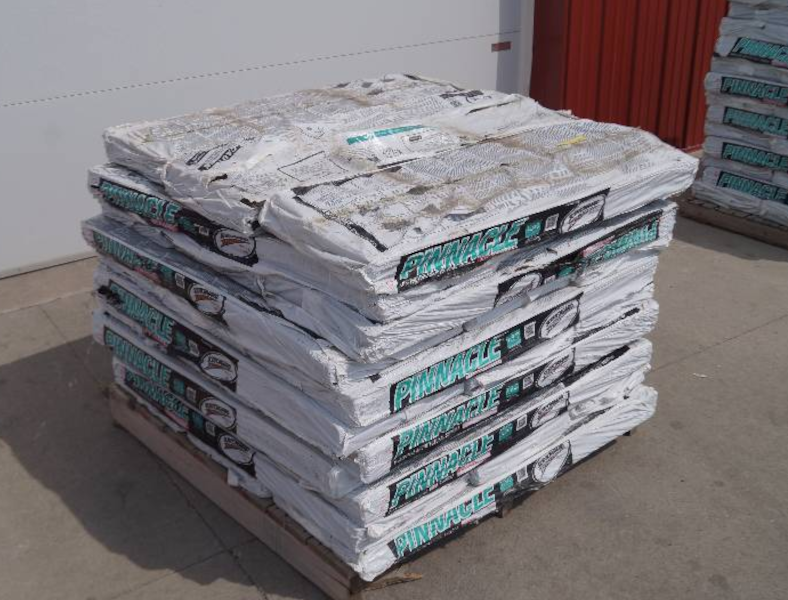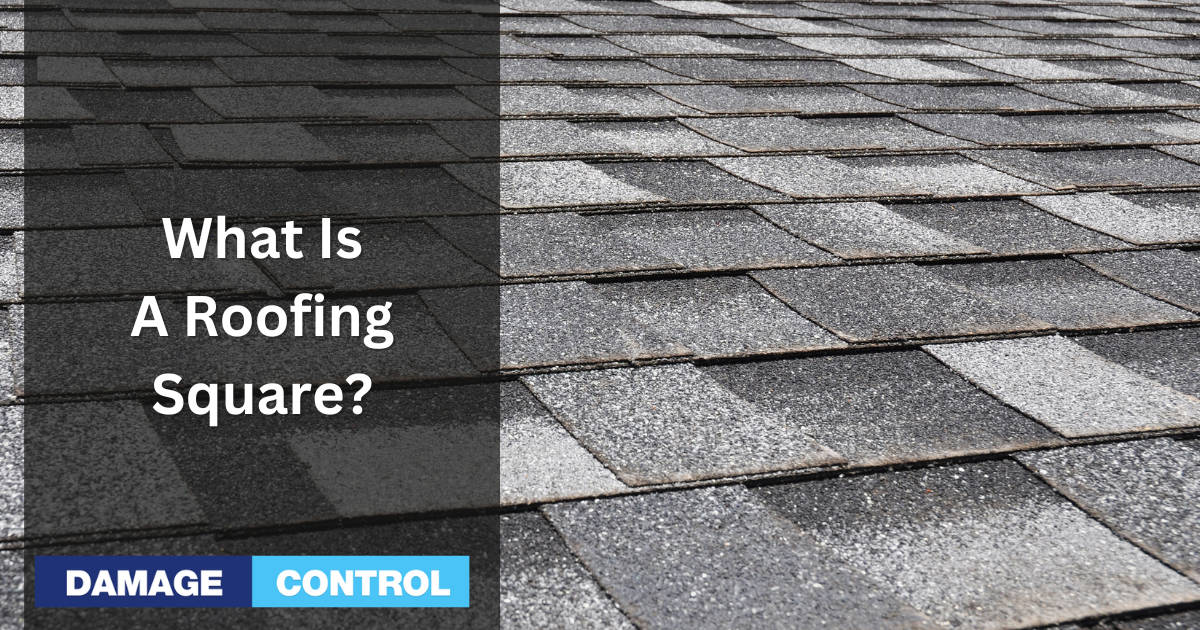Roofing is a critical aspect of any construction project. It protects the structure from the elements, ensures proper insulation, and enhances the building's aesthetics. One essential concept in roofing is the roofing square, a unit of measurement used by professionals in the industry. This article will explore the concept of a roofing square and its significance in roofing projects.
What is a Roofing Square?
Definition
A roofing square is a unit of measurement used in the roofing industry to simplify the calculation of materials and labor. It is equivalent to 100 square feet (10′ x 10′) of roof surface area.
Purpose
The roofing square simplifies the estimation of materials and labor for roofing projects, allowing contractors and homeowners to accurately budget and plan for their projects. Using roofing squares makes it easier to compare prices and determine the required amount of materials.
Why Use Roofing Squares?
Standardization
Roofing squares provide a standardized measurement system for the industry. It enables professionals to communicate more efficiently and accurately, ensuring consistency in the calculation of materials and labor.
Simplification
Calculating the area of a roof can be challenging, especially when dealing with complex roof shapes and angles. Roofing squares simplify the process by breaking down the roof area into manageable units.
How to Calculate Roofing Squares

Measurements
First, measure the length and width of each section of the roof to calculate roofing squares. Then, multiply these measurements to find the square footage of each section. Finally, add the square footage of all sections together and divide by 100 to obtain the number of roofing squares.
Handling Complex Roof Shapes
For roofs with complex shapes, divide the roof into smaller, more manageable sections, and calculate the area of each section. Then, add the areas of all sections and divide by 100 to determine the number of roofing squares.
Factors Affecting Roofing Squares
Roof Slope
The slope of the roof, also known as the pitch, affects the number of roofing squares required for a project. A steeply pitched roof will have a larger surface area, requiring more materials and labor than a flatter roof.
Roof Features
Features such as dormers, valleys, and chimneys can affect the number of roofing squares needed for a project. These elements may require additional materials, labor, and specialized installation techniques.
Estimating Materials and Labor
Material Estimation
Once the number of roofing squares has been calculated, estimating the amount of materials required for the project is easier. This includes shingles, underlayment, nails, and other necessary materials. Roofing material manufacturers often provide guidelines for material quantities based on the number of roofing squares.
Labor Estimation
The number of roofing squares also influences labor costs. Contractors typically provide estimates based on the size of the project, measured in roofing squares. This allows for a more accurate and consistent estimation of labor costs across different projects.
FAQs
- What is the purpose of using roofing squares? Roofing squares simplify the estimation of materials and labor for roofing projects, allowing contractors and homeowners to accurately budget and plan for their projects. Using roofing squares makes it easier to compare prices and determine the required amount of materials.
- How do I calculate the number of roofing squares for my project? First, measure the length and width of each section of the roof, then multiply these measurements to find the square footage of each section. Add the square footage of all sections together and divide by 100 to obtain the number of roofing squares.
- Do roof slopes and features affect the number of roofing squares needed? Yes, the slope of the roof and features like dormers, valleys, and chimneys can affect the number of roofing squares required for a project. Steep roofs and complex features often require more materials and labor, leading to a higher number of roofing squares.
- How do roofing squares help with material and labor estimation? Once the number of roofing squares has been calculated, it is easier to estimate the amount of materials and labor required for the project. Roofing material manufacturers often provide guidelines for material quantities based on the number of roofing squares, and contractors typically provide labor estimates based on the size of the project, measured in roofing squares.
- Is the concept of a roofing square used internationally? While the roofing square is primarily used in the United States, its concept can be easily adapted to metric measurements. In metric countries, professionals can use the equivalent measurement of 9.29 square meters as a roofing square to achieve similar benefits.
Conclusion
So, there you have it! Roofing squares provide a simple and standardized method for estimating materials and labor in the roofing industry. And remember, a well-executed roofing job not only protects your home but also adds beauty and value to your property!
Concrete tiles are a stylish and durable option for your roof, as well, or find out the best material for roof flashing for your project.
The possibilities are endless, and with Damage Control of Orlando, Fl. on your side, you're sure to become a roofing expert in no time!

